Are you a Mustang enthusiast looking to add a Boss 429 to your collection? The 1970 Ford Mustang Boss 429 Fastback is a highly sought-after classic car that has been a popular choice among collectors for decades. This article will provide you with everything you need to know about the 1970 Boss 429, including its history, specifications, and unique features. We’ll also cover its restoration process, including its build sheet, Marti Report, pre-delivery service sheet, and shipping invoices. Let’s dive in!
Introduction
The 1970 Ford Mustang Boss 429 Fastback is a true American classic. It was produced in limited quantities and was designed specifically for NASCAR racing. The Boss 429 was one of the most powerful Mustangs ever produced, with a 429/375 HP 820-T V-8 engine, and a 4-speed transmission. It featured a competition suspension, power brakes with front discs, and a 3.91 Traction-Lok rear end, making it a formidable opponent on the track.

History
In the late 1960s, Ford was looking to compete in NASCAR racing against the likes of Chrysler’s Hemi engine. To be eligible for NASCAR, manufacturers were required to produce a minimum number of cars for public consumption. Ford’s solution was to create a limited edition Mustang, the Boss 429.
The Boss 429 was powered by a massive 429 cubic inch V-8 engine, which was specially designed for NASCAR racing. The engine was so large that it had to be installed at Kar Kraft, a subsidiary of Ford, which modified the Mustang’s shock towers and suspension to accommodate the massive engine.
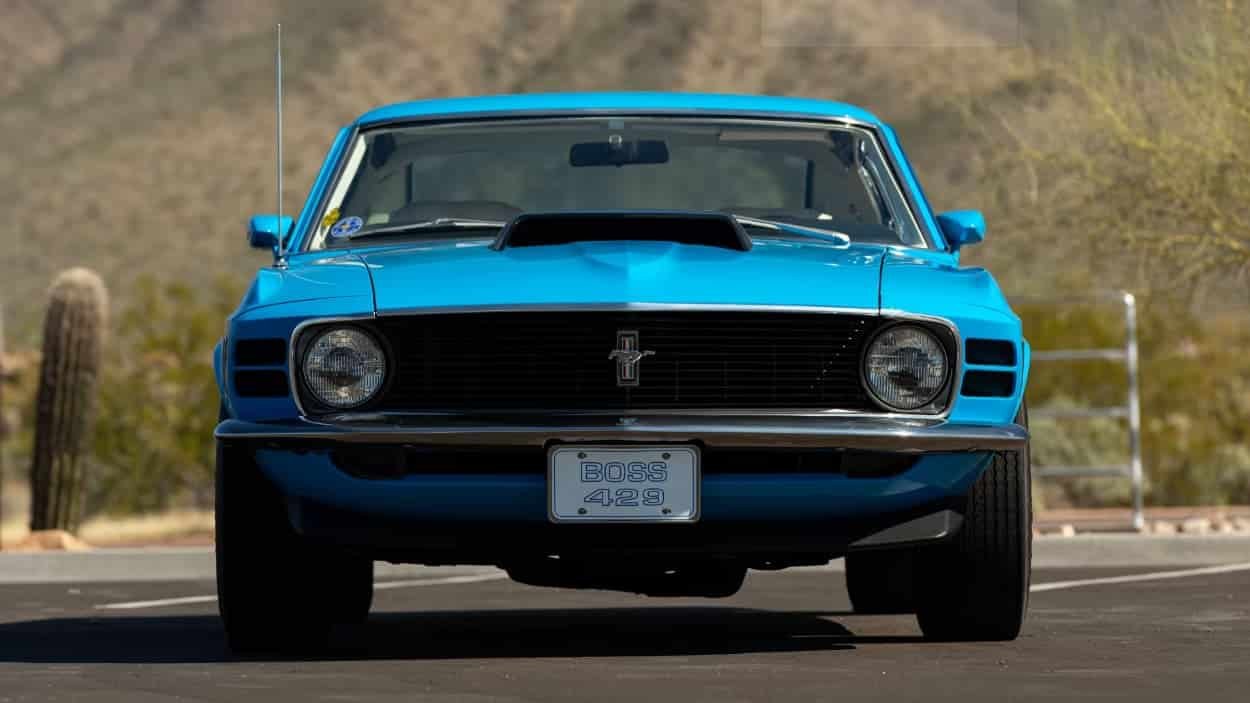
Specifications
The 1970 Boss 429 was equipped with a 429/375 HP 820-T V-8 engine, which was capable of producing 375 horsepower and 450 lb-ft of torque. It had a 4-speed transmission and a 3.91 Traction-Lok rear end. The car also had a competition suspension, power brakes with front discs, and a front spoiler.
Inside, the Boss 429 featured Clarion knit Corinthian vinyl bucket seats, a center console, and an AM radio. The Hurst T-handle shifter added to the car’s racing pedigree. The exterior of the car featured Goodyear Polyglas tires and Magnum 500 wheels. The Grabber Blue with White interior color combination was highly desirable and added to the car’s overall aesthetic appeal.
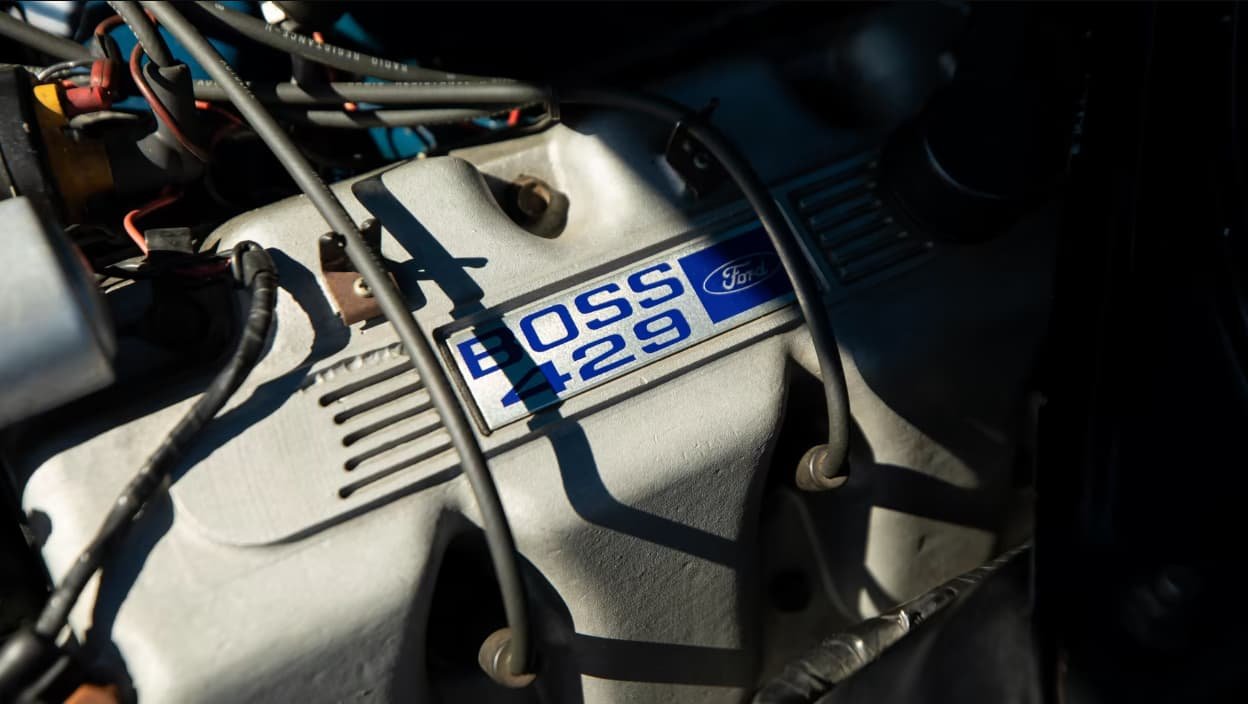
Restoration
Restoring a 1970 Boss 429 requires a lot of time, effort, and expertise. It’s important to have a thorough understanding of the car’s history and specifications to ensure that the restoration is as accurate as possible. A good place to start is by obtaining the car’s build sheet, Marti Report, pre-delivery service sheet, and shipping invoices. These documents provide valuable information about the car’s original specifications and its history.
When restoring a Boss 429, it’s important to use original parts whenever possible. This ensures that the car is restored to its original condition and maintains its value. The engine is a critical component of the car and should be rebuilt by an experienced engine builder. Bob Maisano, Racing Engines of Costa Mesa, California, is a well-known engine builder who specializes in restoring Boss 429 engines. Dyno sheets can be used to verify the engine’s performance and ensure that it’s performing at its best.

Conclusion
The 1970 Ford Mustang Boss 429 Fastback is an iconic American muscle car that has stood the test of time. It was designed specifically for NASCAR racing and is one of the most powerful Mustangs ever produced. Restoring a Boss 429 is a labor of love, but the end result is a car that’s not only beautiful but also a piece of history. The attention to detail required to restore a Boss 429 to its original condition is a testament to the craftsmanship that went into building these cars in the first place.
If you’re lucky enough to own a Boss 429, it’s important to take care of it and maintain it properly. Regular maintenance and servicing will ensure that your car continues to run smoothly and maintains its value.
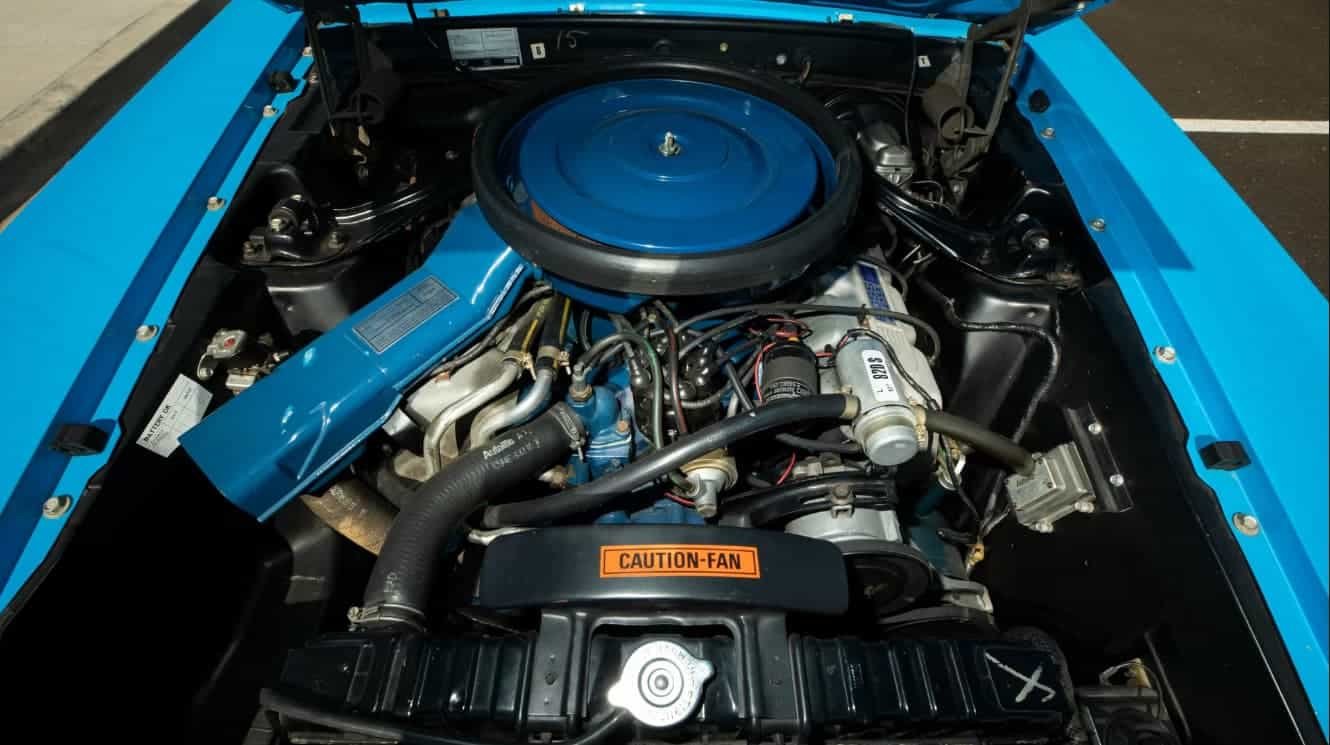
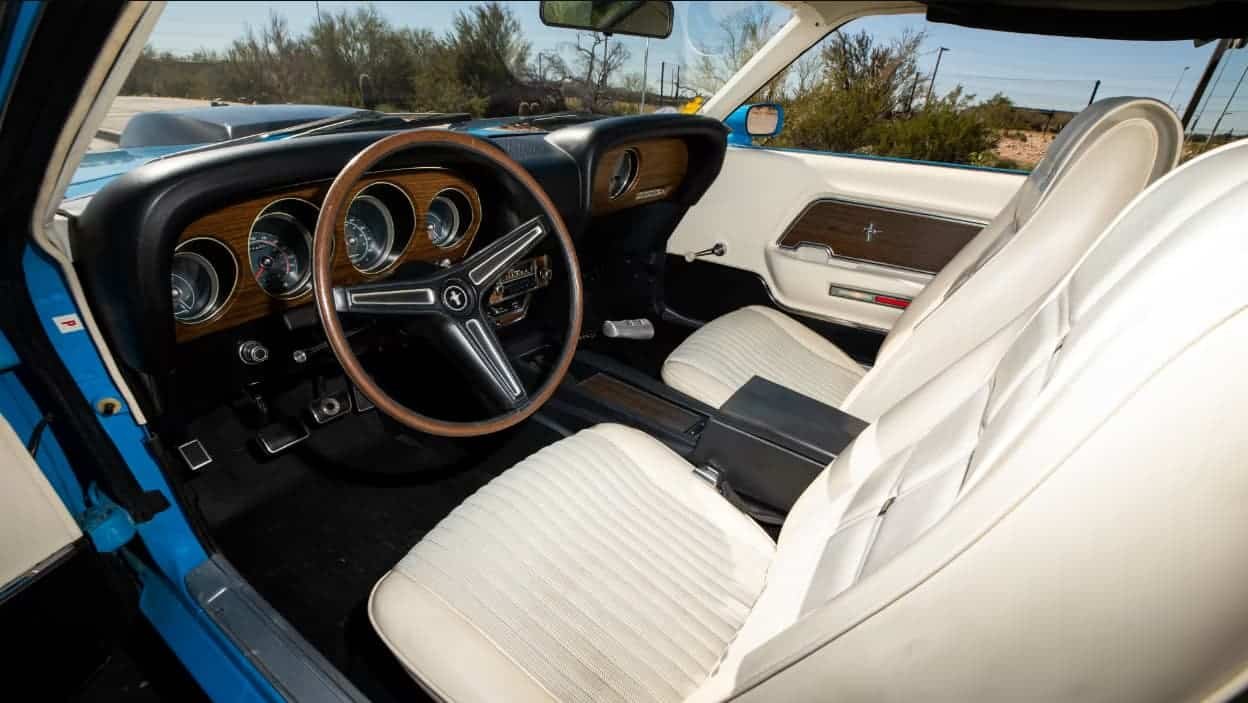
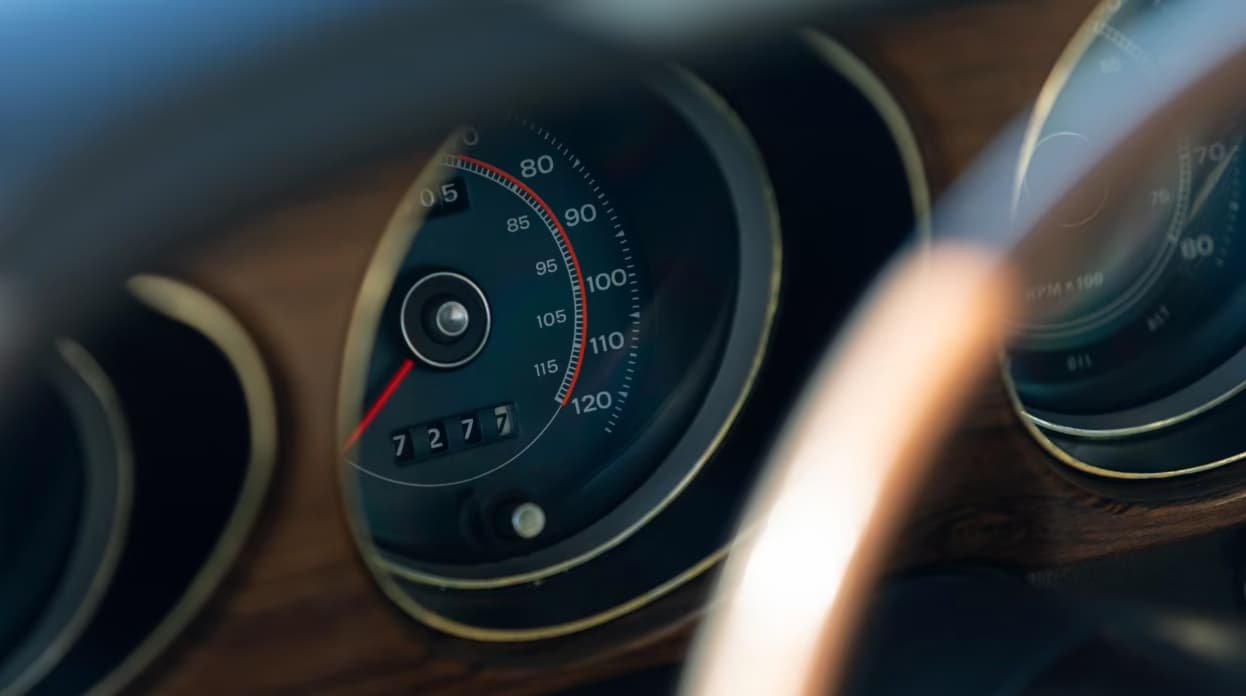
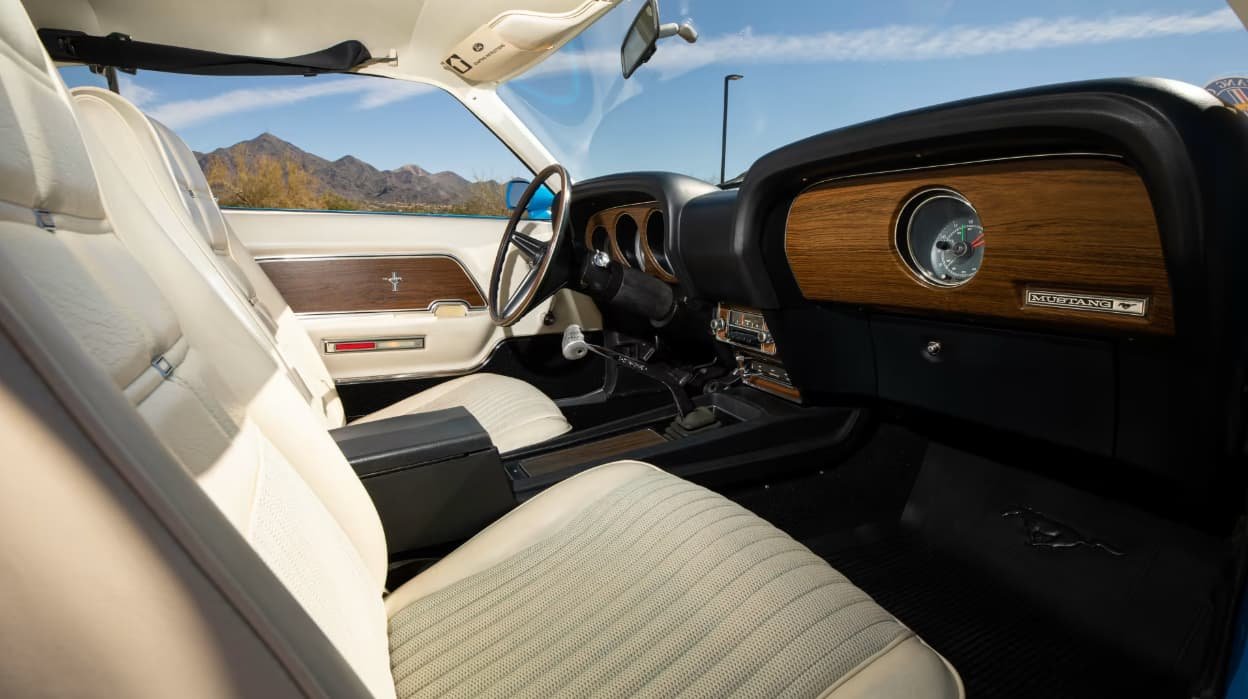
FAQs
- What is a Boss 429 Mustang? A Boss 429 Mustang is a limited-edition Mustang produced by Ford in the late 1960s and early 1970s. It was designed specifically for NASCAR racing and featured a 429 cubic inch V-8 engine.
- How many Boss 429 Mustangs were produced? Only 1,358 Boss 429 Mustangs were produced between 1969 and 1970, making it a highly sought-after collector’s car.
- What is a Marti Report? A Marti Report is a document that provides detailed information about a specific Ford vehicle, including its original specifications and production details.
- What is a pre-delivery service sheet? A pre-delivery service sheet is a document that outlines the final inspection and service of a new vehicle before it’s delivered to the customer.
- What is a Drag Pack? A Drag Pack was an option available on the Boss 429 Mustang that included a 3.91 Traction-Lok rear end, heavy-duty cooling system, and an engine oil cooler, making it better suited for drag racing.




